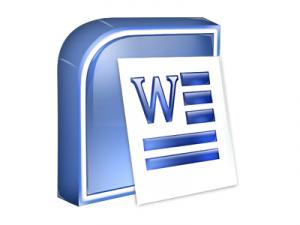
Software giant Microsoft has lost a second round of appeals in its patent infringement battle with Canada’s i4i, putting the company that much closer to being on the hook for some $240 million—and that’s after already having been forced to remove technology from its Microsoft Office suites in order to keep selling the software.
A three-judge panel has re-affirmed the original decision against Microsoft, noting there was significant evidence Microsoft knew about i4i’s technology before it turned up in Microsoft’s Office application suite. The patents in question cover s custom XML functionality to create documents that can be automatically interpreted by other software, such as database applications. Although the feature isn’t commonly used by everyday Microsoft Office users, government and enterprise users leverage custom XML capabilities.
The second appeal failure isn’t quite Microsoft’s last recourse: in the next six weeks, the case documents will be reviewed by other judges to see if Microsoft’s case merits a wider review. Microsoft can also appeal to the U.S. Supreme Court.
Back in 2009, Canada’s i4i won a $200 million patent infringement case against Microsoft, with a Texas federal jury ruling the Redmond company had infringed on an i4i patent for managing custom XML documents. And the ruling was particularly harsh: in addition to the $200 million, the judge added on another $40 million for willful infringement and tacked on charges for pre-judgement interest. Although Microsoft has worked to get the ruling overturn, the battle has not gone well for the Redmond software giant: in August 2009 Microsoft was ordered to stop selling Microsoft Word 2003 and 2007 (which contained the infringing technology), so Microsoft yanked the tech in order to keep Word on the shelves.
Microsoft has consistently maintained its technology does not infringe on i4i’s patent; it has also claimed i4i’s patent is not valid.


